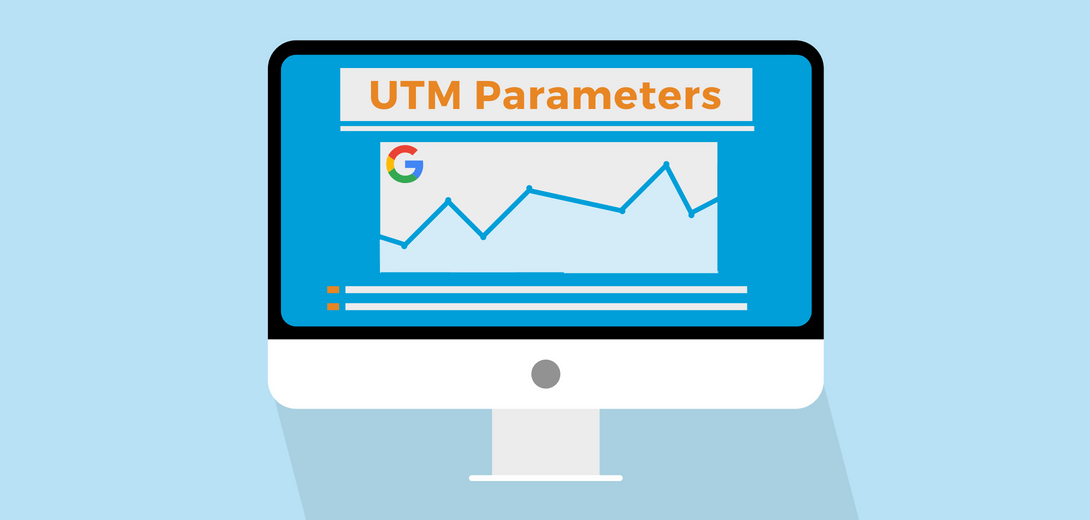
by TwoSix Digital | Jul 14, 2022 | Digital Marketing Strategies, Media, Social Media
When you hear “UTM codes,” you may think that it’s far too complicated to try and understand. Instead, try to think of them like “nametags” for your link to make them more digestible. These ‘name tags’ appear in analytics reports and let a website know exactly where...

by TwoSix Digital | Jul 18, 2019 | Data Tracking, Google Analytics
If you constantly find your self wondering how to use Google Analytics (CA), you are not alone. Although Google Analytics has been around for several years now, there are still many marketers that feel overwhelmed even just opening the platform. It is a key tool in...

by TwoSix Digital | Apr 11, 2019 | Marketing
A digital marketing strategy is primarily driven by the wants and needs of your audience. Knowing both what they want to see and what they need in order to create a conversion can help build a base for your digital strategy. Audiences are always changing, so it’s...




